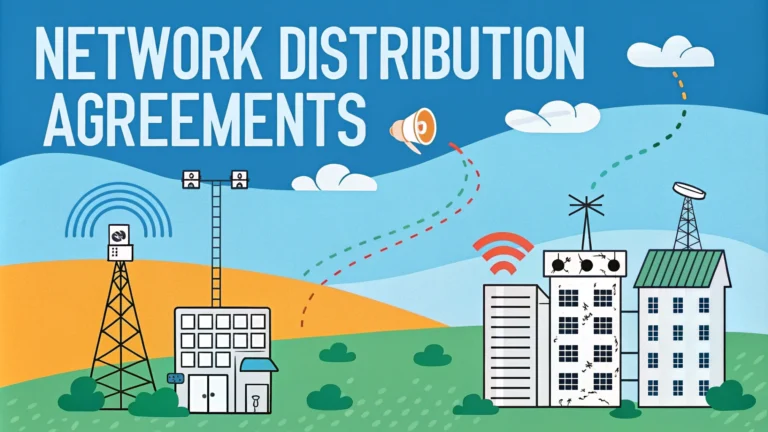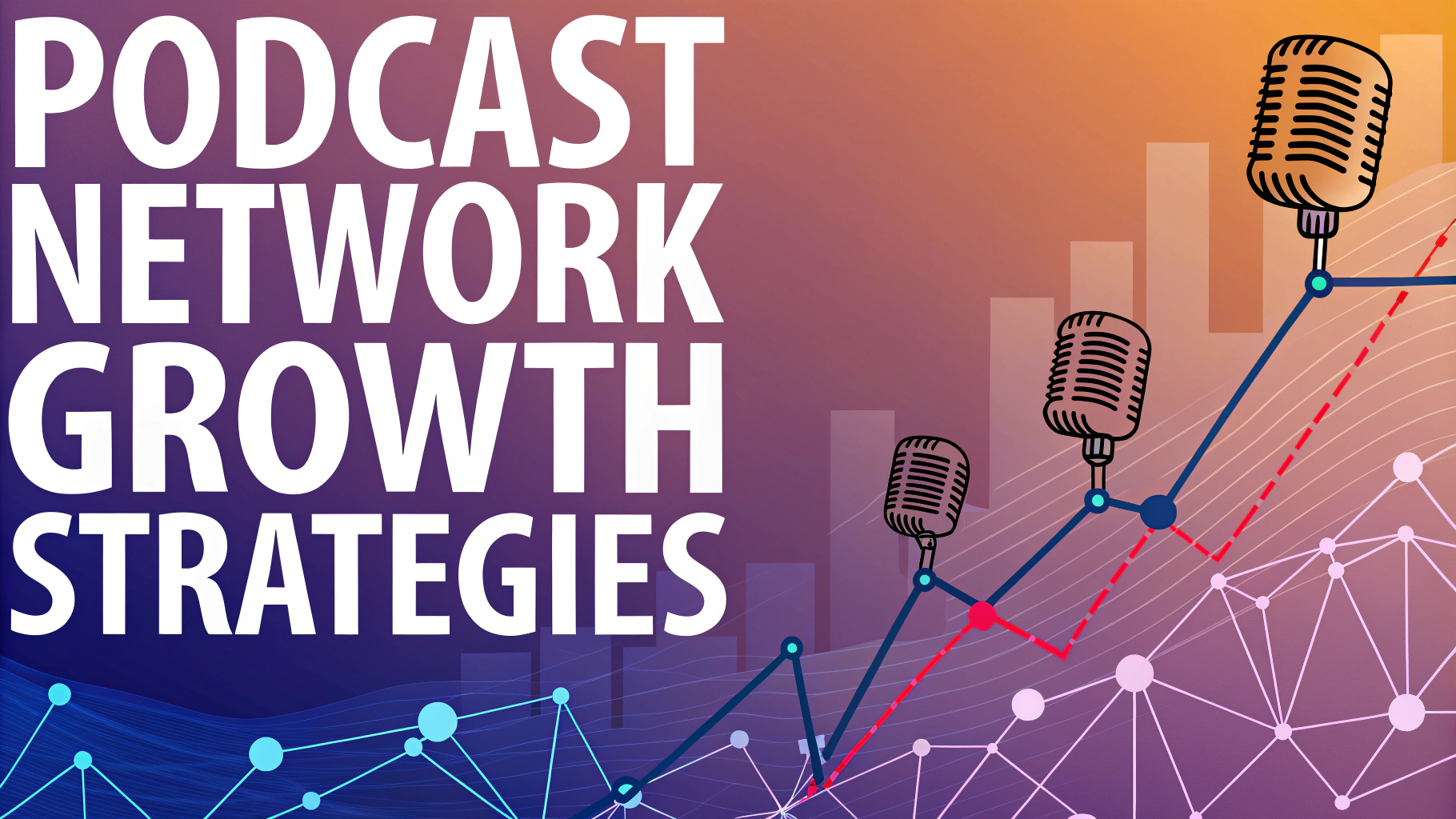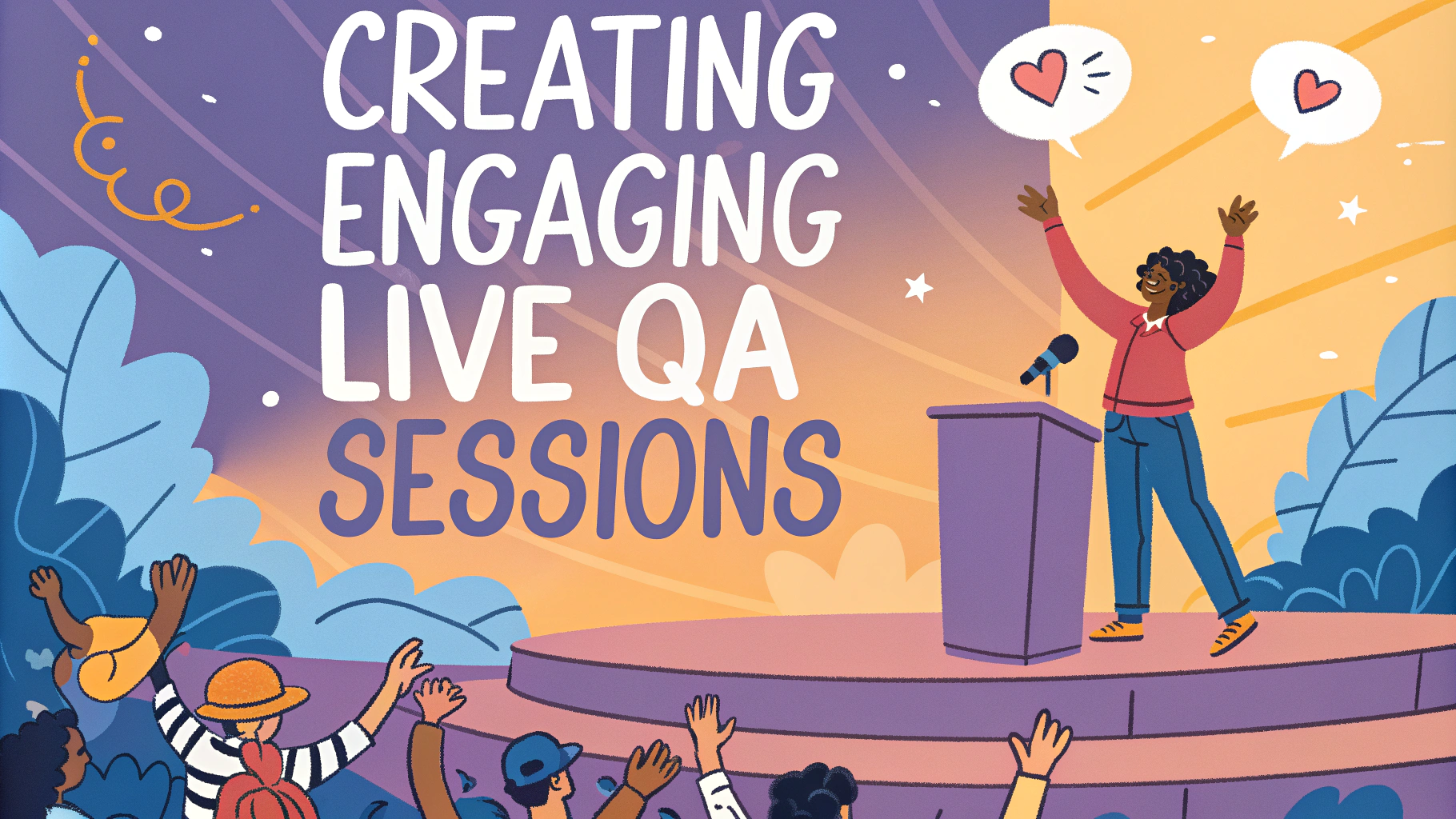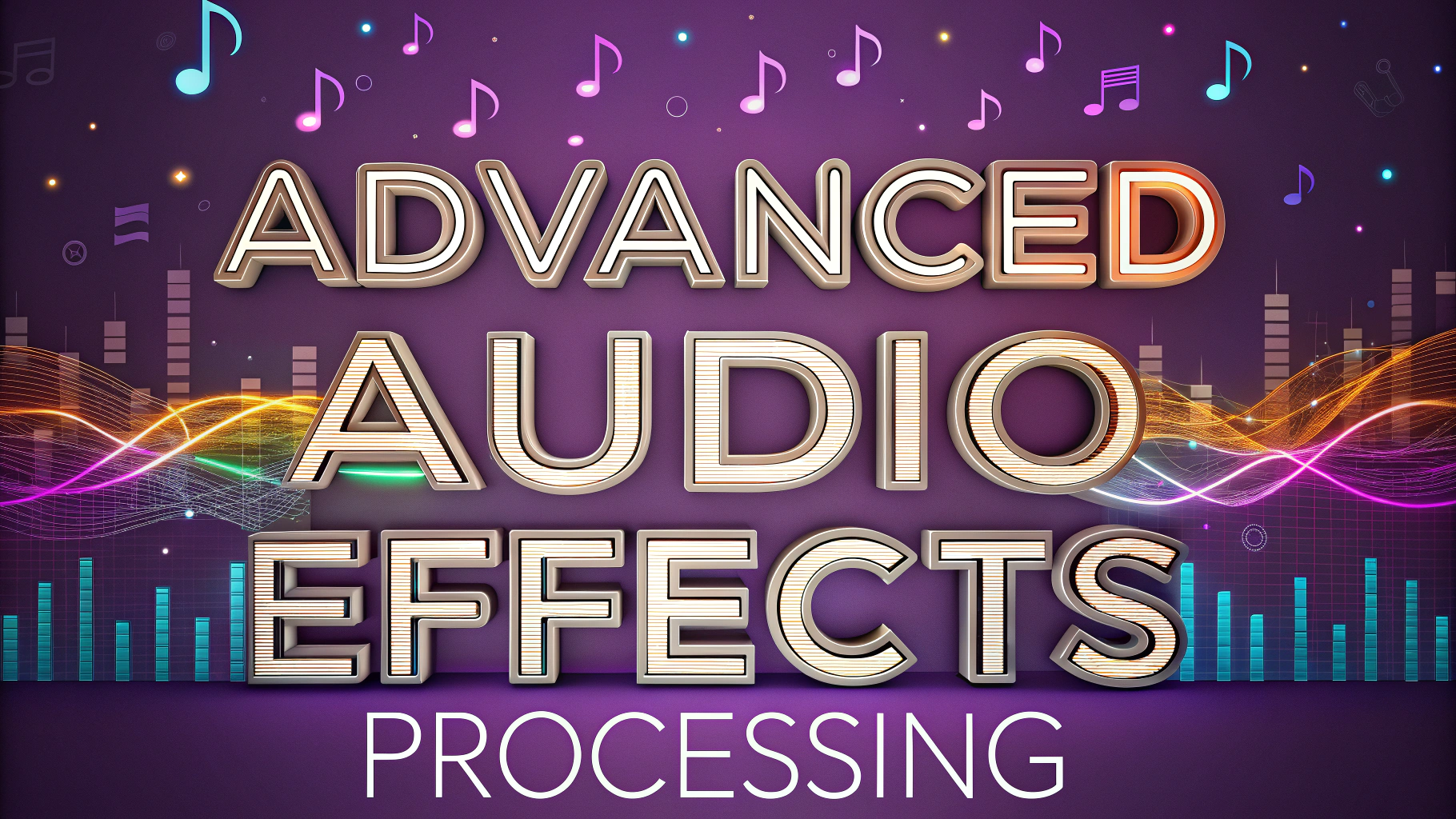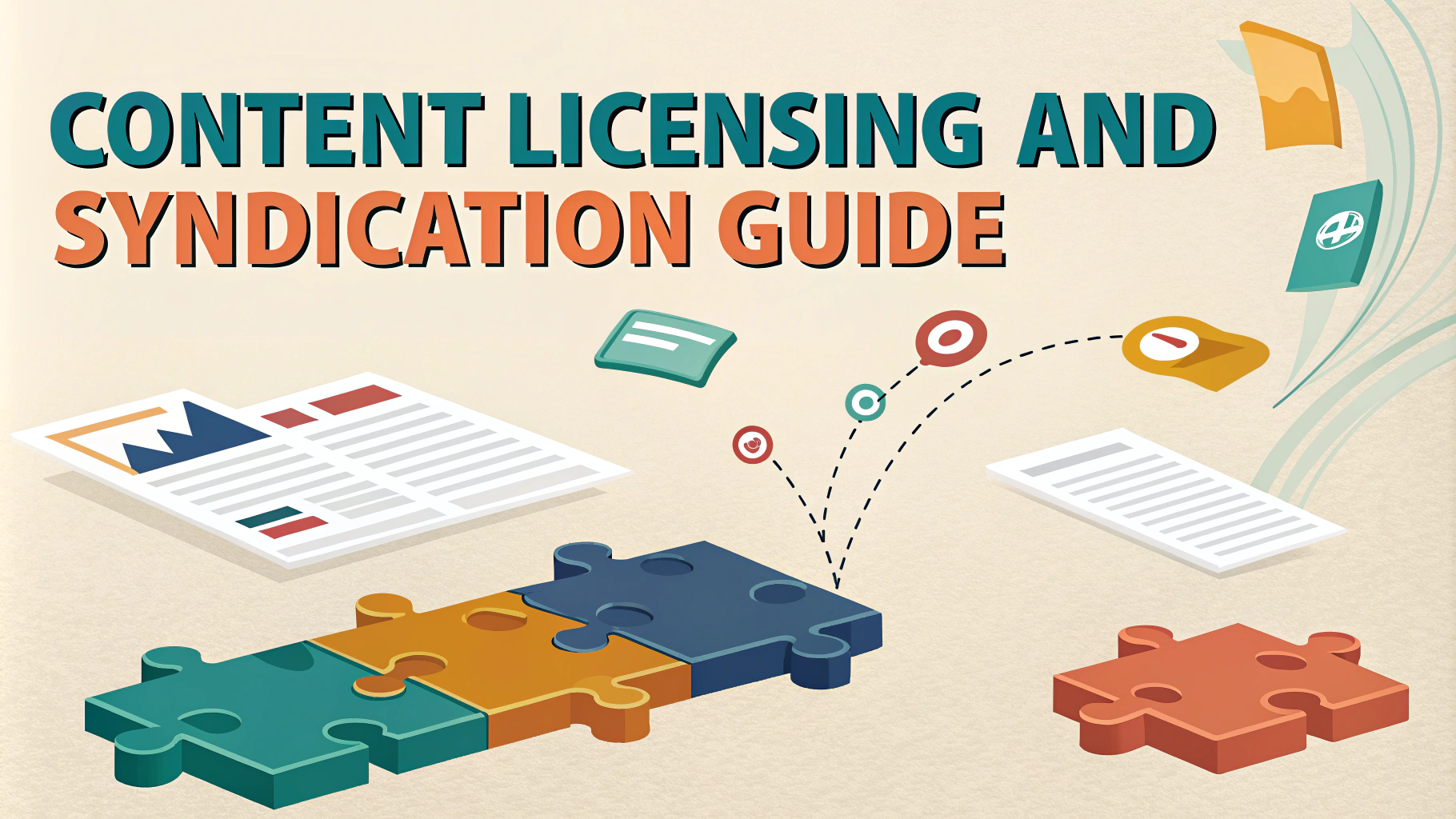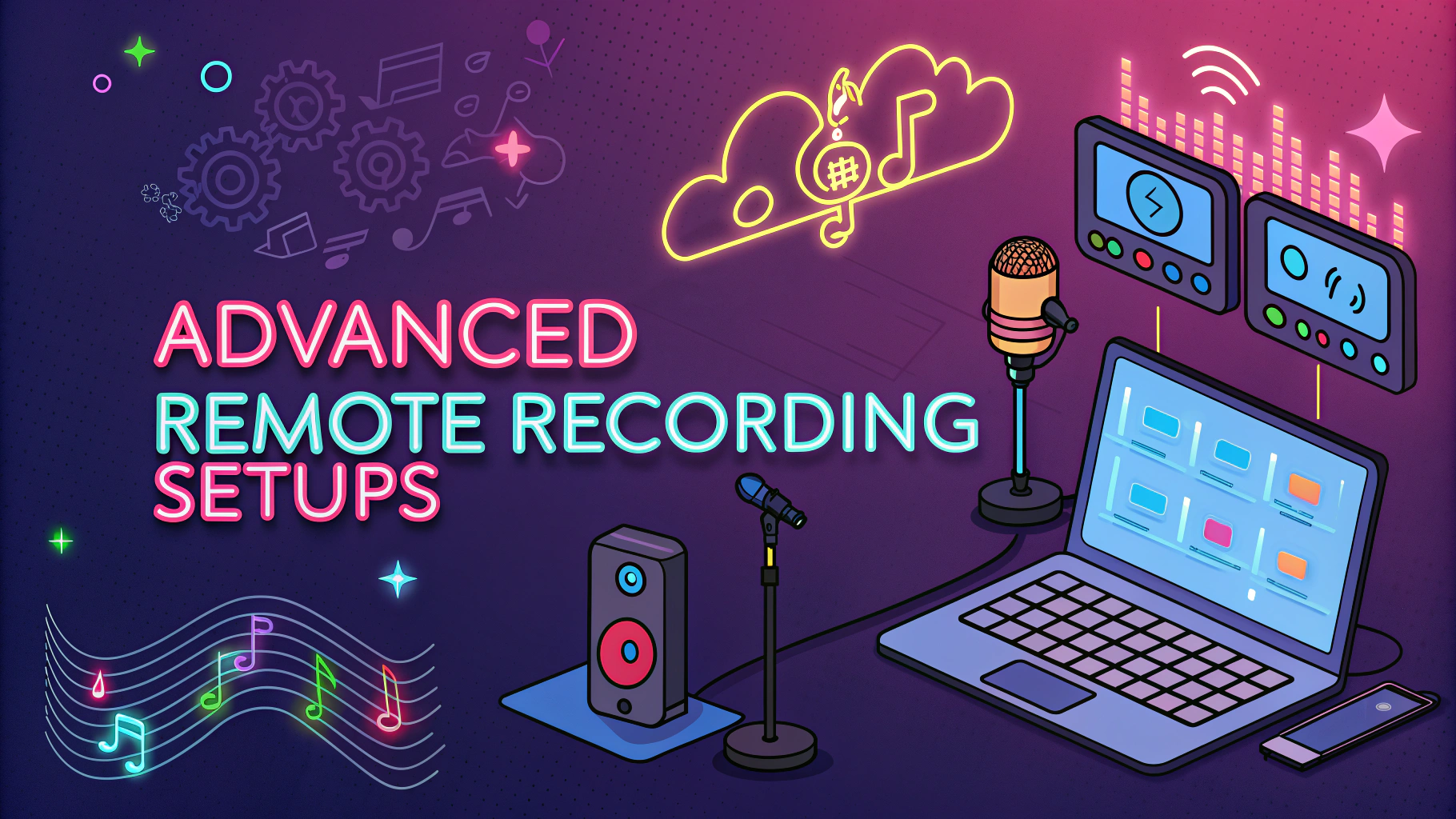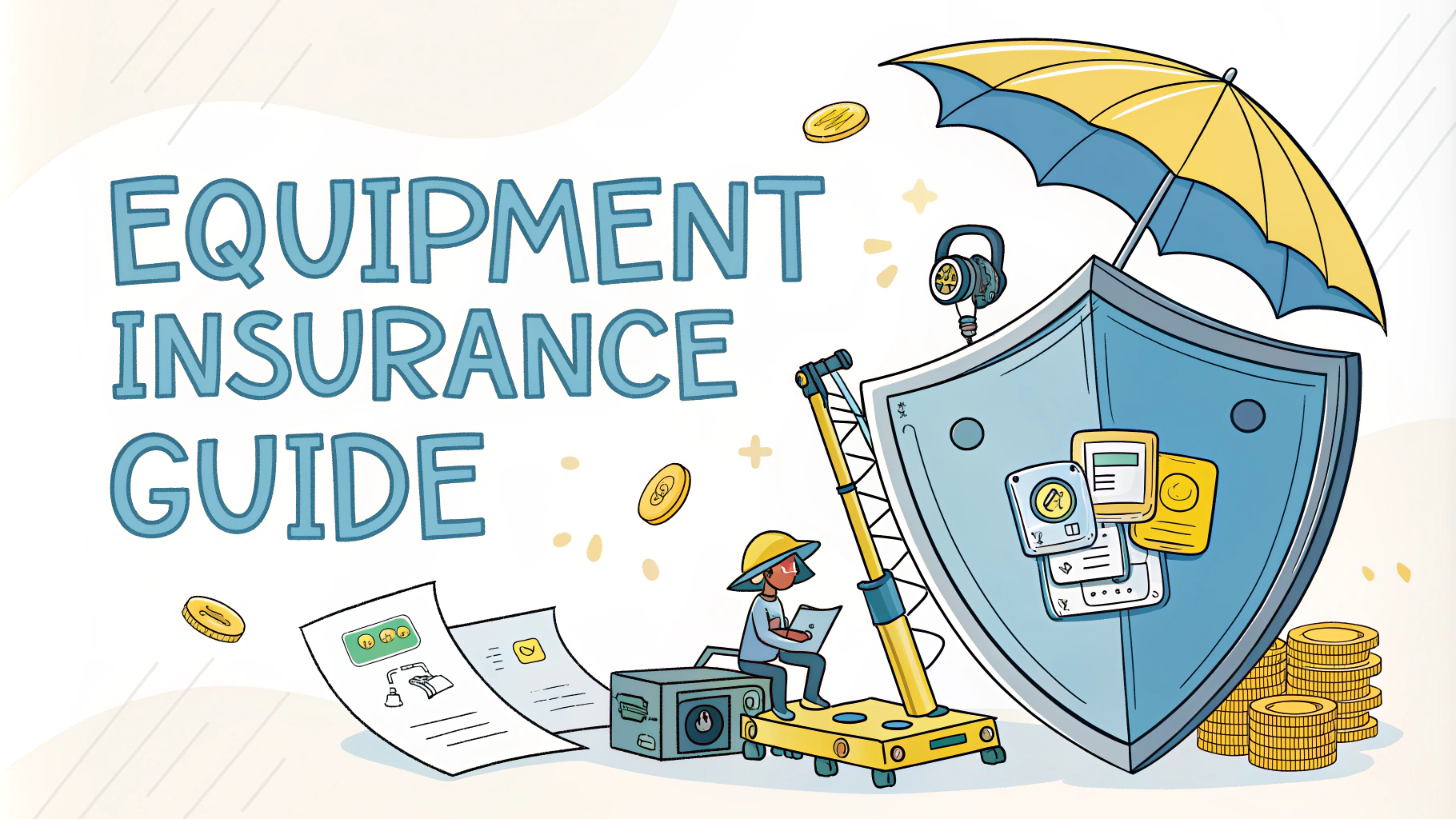Network Distribution Agreements enable podcasters to expand their reach by partnering with established podcast networks or distribution platforms.
These agreements outline the terms, revenue sharing, and promotional expectations between content creators and distribution partners.
Understanding the key elements of podcast distribution agreements helps creators make informed decisions about growing their shows while protecting their rights.
Key Components of Network Distribution Agreements
- Revenue sharing percentages between network and creator
- Content ownership and licensing terms
- Distribution exclusivity requirements
- Marketing and promotion commitments
- Contract duration and termination clauses
- Performance metrics and reporting standards
Common Distribution Models
The Exclusive Distribution Model requires podcasters to distribute content solely through one network.
Under Non-Exclusive Distribution, creators can work with multiple networks simultaneously.
The Revenue Share Model typically splits advertising income between the network (30-50%) and creator (50-70%).
Top Podcast Networks for Distribution
| Network | Specialties | Contact |
|---|---|---|
| Wondery | Premium narrative content | wondery.com/contact |
| PRX | Public radio style shows | prx.org/submit |
| Acast | Independent podcasts | acast.com/podcasters |
Negotiating Terms
- Review contract length and renewal terms carefully
- Clarify content rights and ownership
- Understand advertising insertion policies
- Check analytics access and reporting requirements
- Verify promotion and marketing commitments
Red Flags to Watch For
- Perpetual rights to your content
- Unclear revenue sharing formulas
- Excessive exclusivity periods
- Limited analytics access
- Vague termination clauses
Steps to Success
- Research potential network partners thoroughly
- Request sample agreements for review
- Consult with an entertainment lawyer
- Negotiate favorable terms
- Get all agreements in writing
- Monitor performance metrics regularly
Moving Forward with Distribution
Review your show’s growth goals and alignment with potential network partners before signing any agreements.
Consider starting with shorter-term contracts to test the partnership’s effectiveness.
Keep copies of all documentation and maintain regular communication with your network representatives.
Financial Planning for Distribution
Create a detailed financial plan that accounts for revenue sharing, marketing costs, and potential production upgrades required by networks.
- Calculate break-even points with network fees
- Budget for legal and accounting support
- Plan for increased production costs
- Set aside funds for marketing contributions
Building Network Relationships
Developing strong relationships with network representatives can lead to better opportunities and support for your show.
- Attend industry events and conferences
- Participate in network creator communities
- Share success stories and feedback
- Maintain regular check-ins with partners
Measuring Distribution Success
Key Performance Indicators
- Download growth rates
- Revenue increases
- Audience engagement metrics
- Cross-promotion effectiveness
- Ad fill rates
Expanding Your Distribution Strategy
Consider a multi-platform approach to maximize reach and revenue potential.
- Explore international distribution options
- Investigate platform-specific opportunities
- Evaluate new content formats
- Assess partnership synergies
Maximizing Your Network Partnership
Take full advantage of your distribution agreement by leveraging all available resources and opportunities.
Stay informed about industry trends and network capabilities to optimize your distribution strategy.
Remember that successful podcast distribution requires ongoing attention, adaptation, and active partnership management.
FAQs
- What is a Network Distribution Agreement in podcasting?
A legal contract between a podcast creator and a network that outlines terms for distributing, monetizing, and promoting podcast content across various platforms. - What are the key elements typically included in a podcast network distribution agreement?
Revenue sharing percentages, distribution rights, content ownership, exclusivity terms, marketing commitments, production requirements, and contract duration. - How do revenue splits typically work in podcast network agreements?
Common splits range from 50/50 to 70/30 between creator and network, with variations based on who covers production costs, marketing expenses, and ad sales responsibilities. - What are exclusive distribution rights in podcast agreements?
Terms that restrict creators from distributing their content through other networks or platforms during the contract period, often including specified geographic regions or platforms. - How long do podcast network distribution agreements usually last?
Typical agreements range from 1-3 years, with options for renewal and termination clauses based on performance metrics or breach of contract. - What happens to intellectual property rights in network distribution deals?
Usually, creators retain ownership of their content while networks get limited licensing rights for distribution and monetization during the contract period. - Are there minimum episode requirements in network agreements?
Most networks require specific episode counts, lengths, and publishing schedules to maintain consistent content delivery and audience engagement. - How do networks handle advertising sales in distribution agreements?
Networks typically manage ad sales, insertion, and trafficking, specifying ad load limits, content restrictions, and revenue sharing for different ad types (host-read, programmatic, sponsorships). - What marketing support do networks typically provide under these agreements?
Cross-promotion across network shows, social media promotion, press outreach, and sometimes paid advertising, with specific commitments outlined in the agreement. - What are standard termination clauses in podcast network agreements?
Provisions for early termination due to underperformance, breach of contract, or mutual agreement, often including notice periods and content ownership clarification post-termination.
